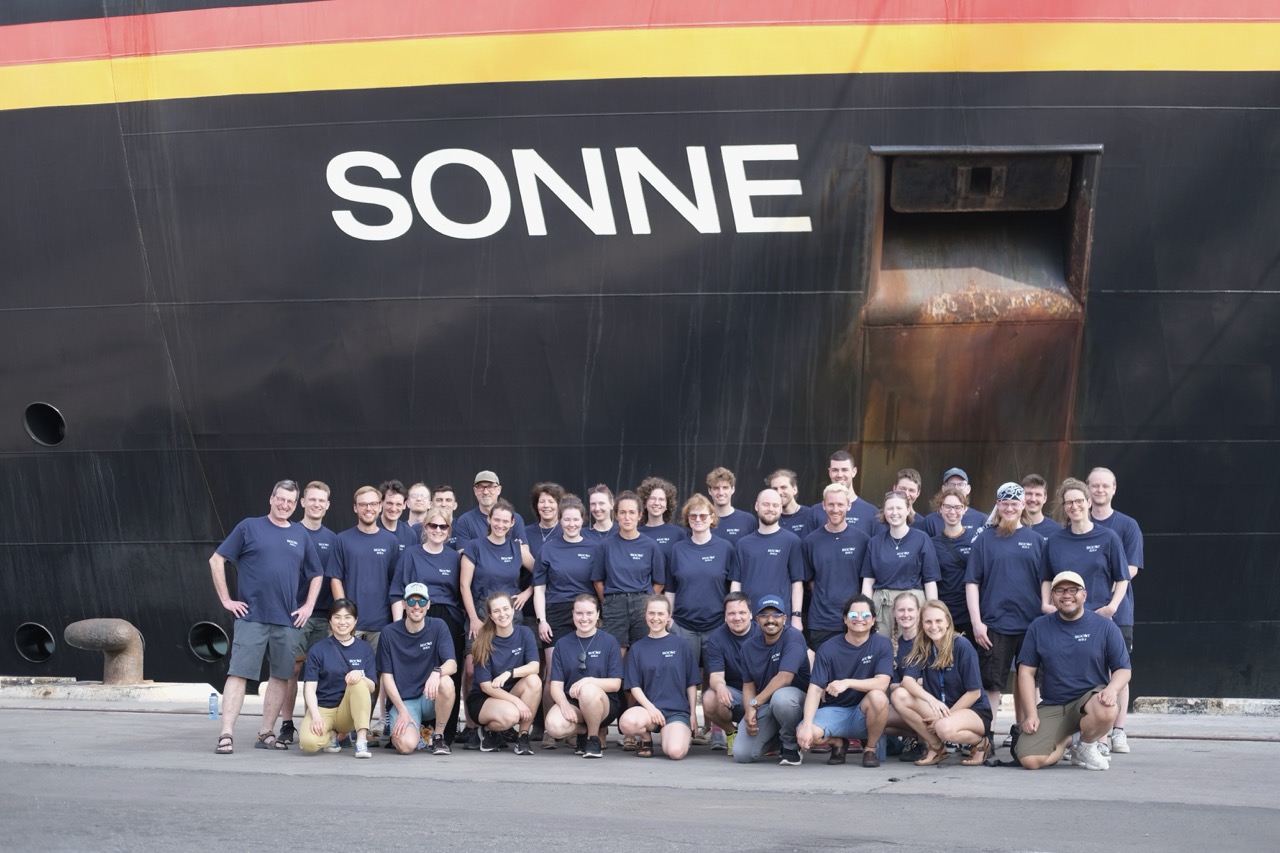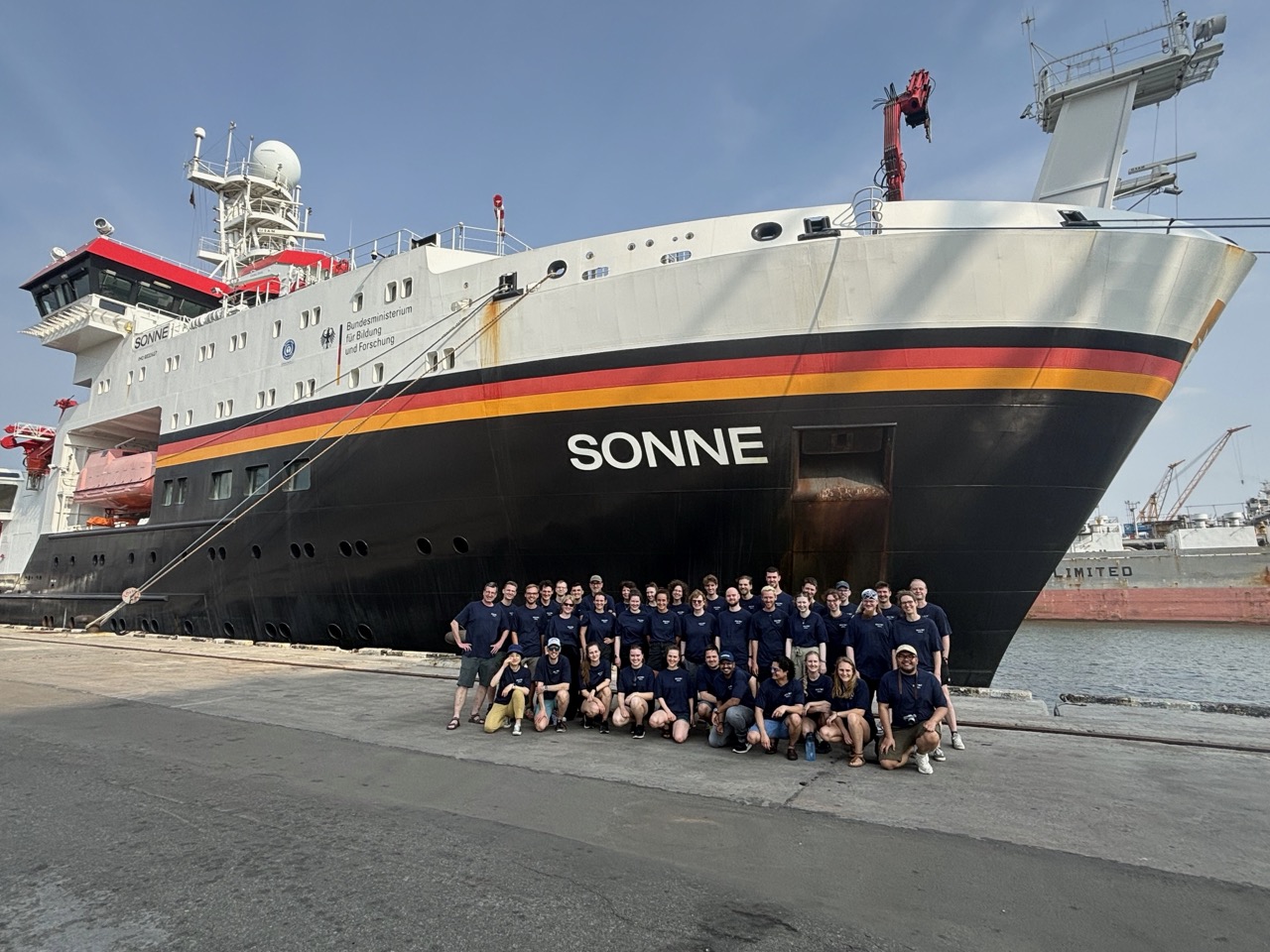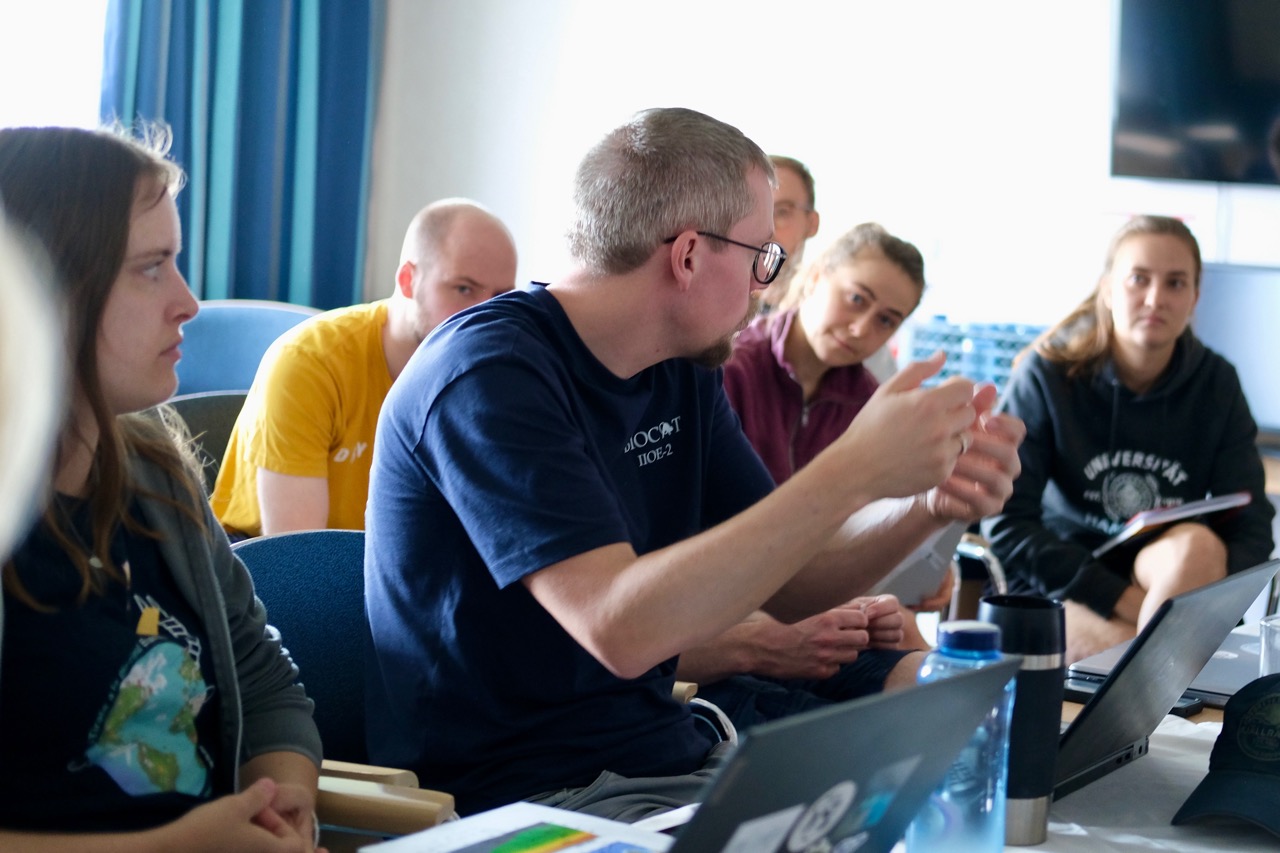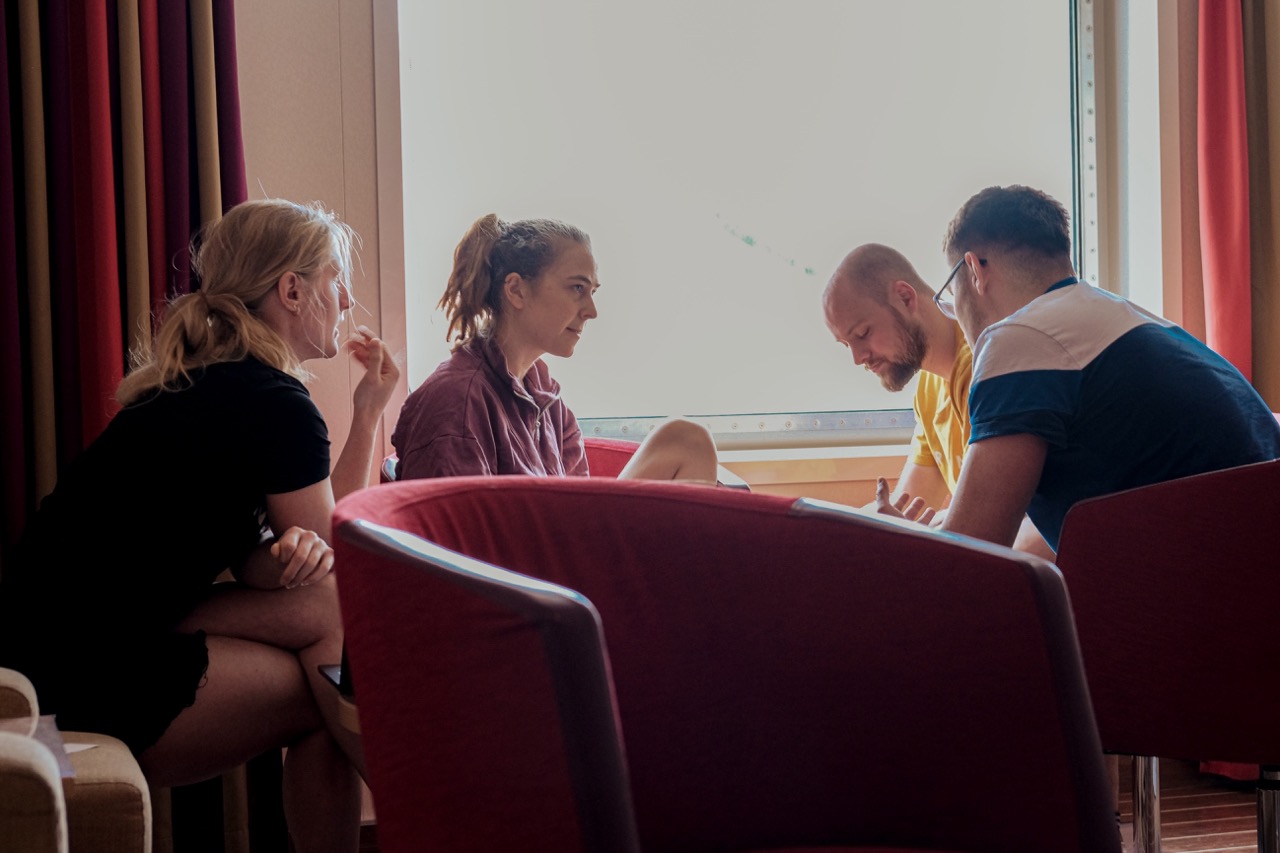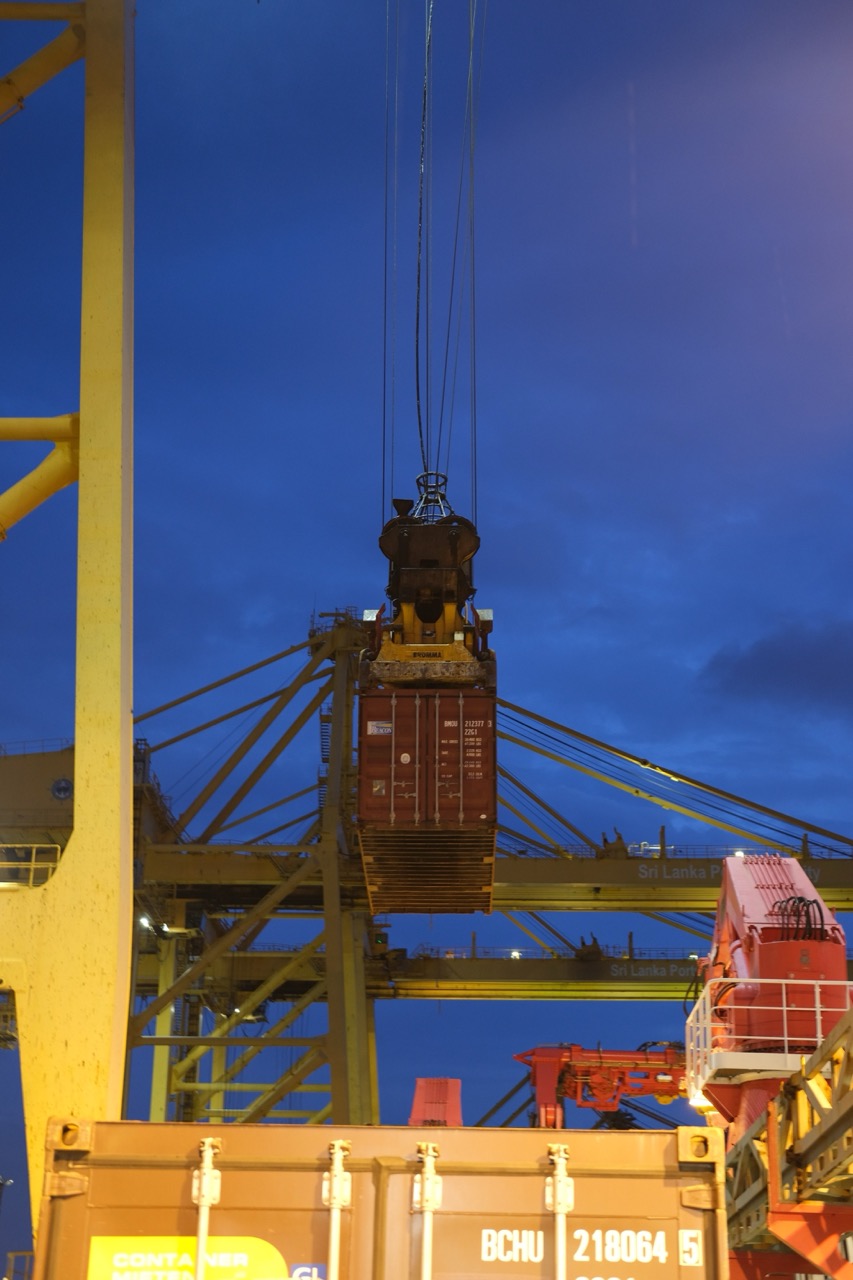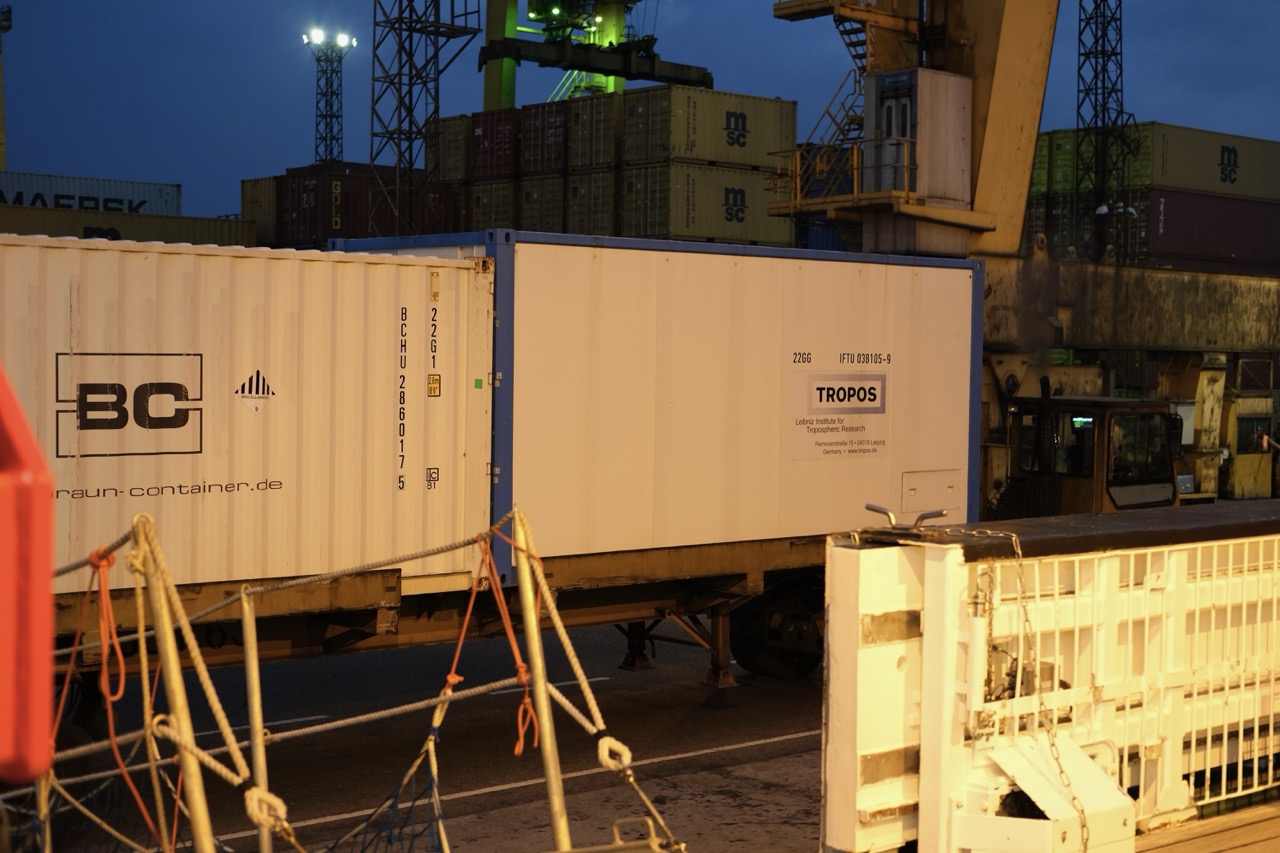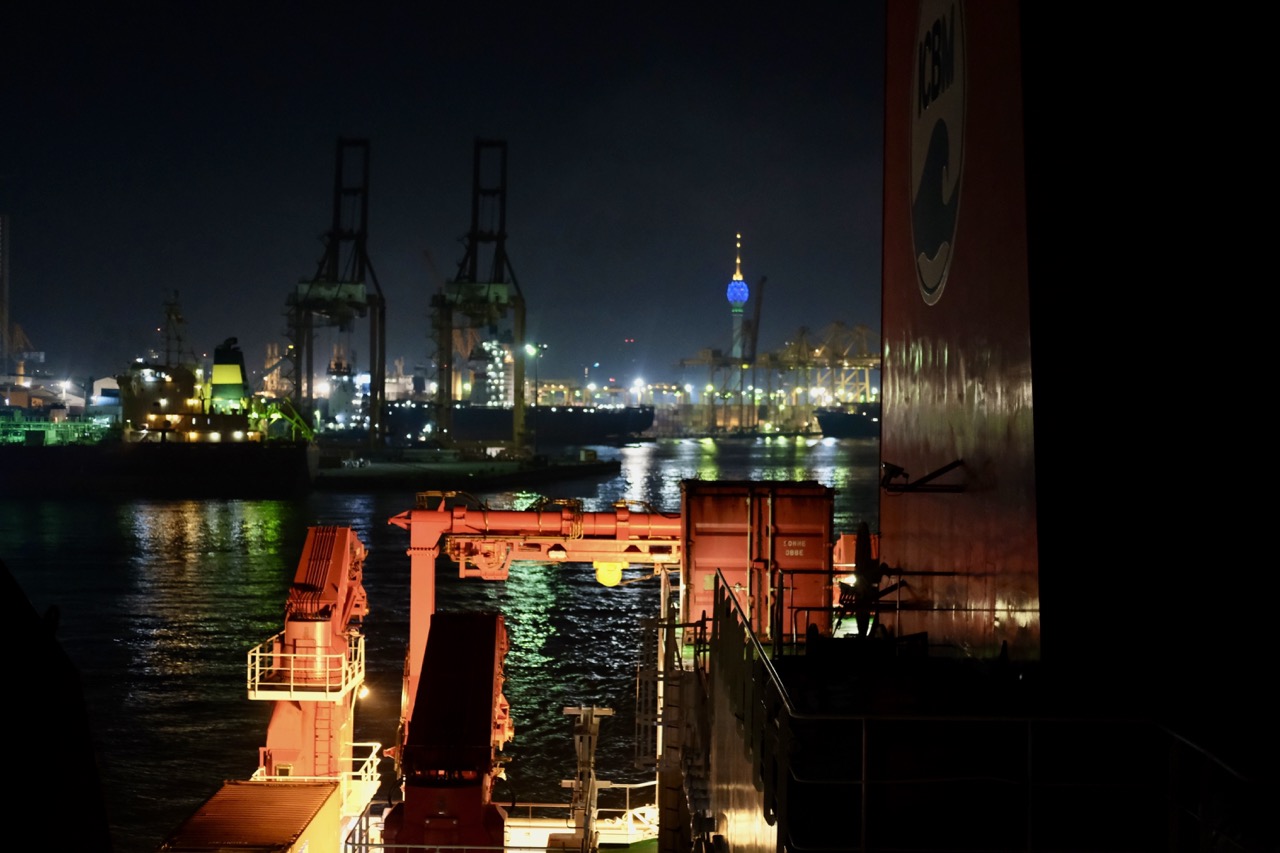On 9 April 2024, 39 scientists from esteemed institutions such as the University of Hamburg, GEOMAR Helmholtz Centre for Ocean Research Kiel (GEOMAR), Helmholtz Centre hereon, University of Southern Denmark (SDU), and Leibniz Institute for Tropospheric Research (TROPOS) embarked on the research vessel Sonne for the BIOCAT-IIOE 2 (SO305) research expedition. The team comprises experts in marine biogeochemistry, microbiology, physical oceanography, and atmospheric chemistry.
The BIOCAT-IIOE 2 (SO305) expedition aims to decipher the biogeochemical processes occurring in the Bay of Bengal. This region, located in the northeast basin of the Indian Ocean, features a prominent oxygen minimum zone (OMZ) with dissolved oxygen concentrations nearing anoxic levels and experiences a heavily polluted atmosphere during spring. This research is an important contribution to the international programs 2nd International Indian Ocean Expedition (IIOE-2) and the Surface Ocean-Lower Atmosphere Study (SOLAS). Over the next five weeks, we will be investigating the efficiency of the biological pump, the nitrogen cycle within the OMZ, air-sea exchange fluxes of trace gases, and aerosol deposition.
Originally scheduled to depart from the Port of Colombo on 10 April, our departure was postponed due to the delayed arrival of our containers containing our materials and equipment. During this wait, we took the opportunity to get to know more our colleagues and explore the city of Colombo.
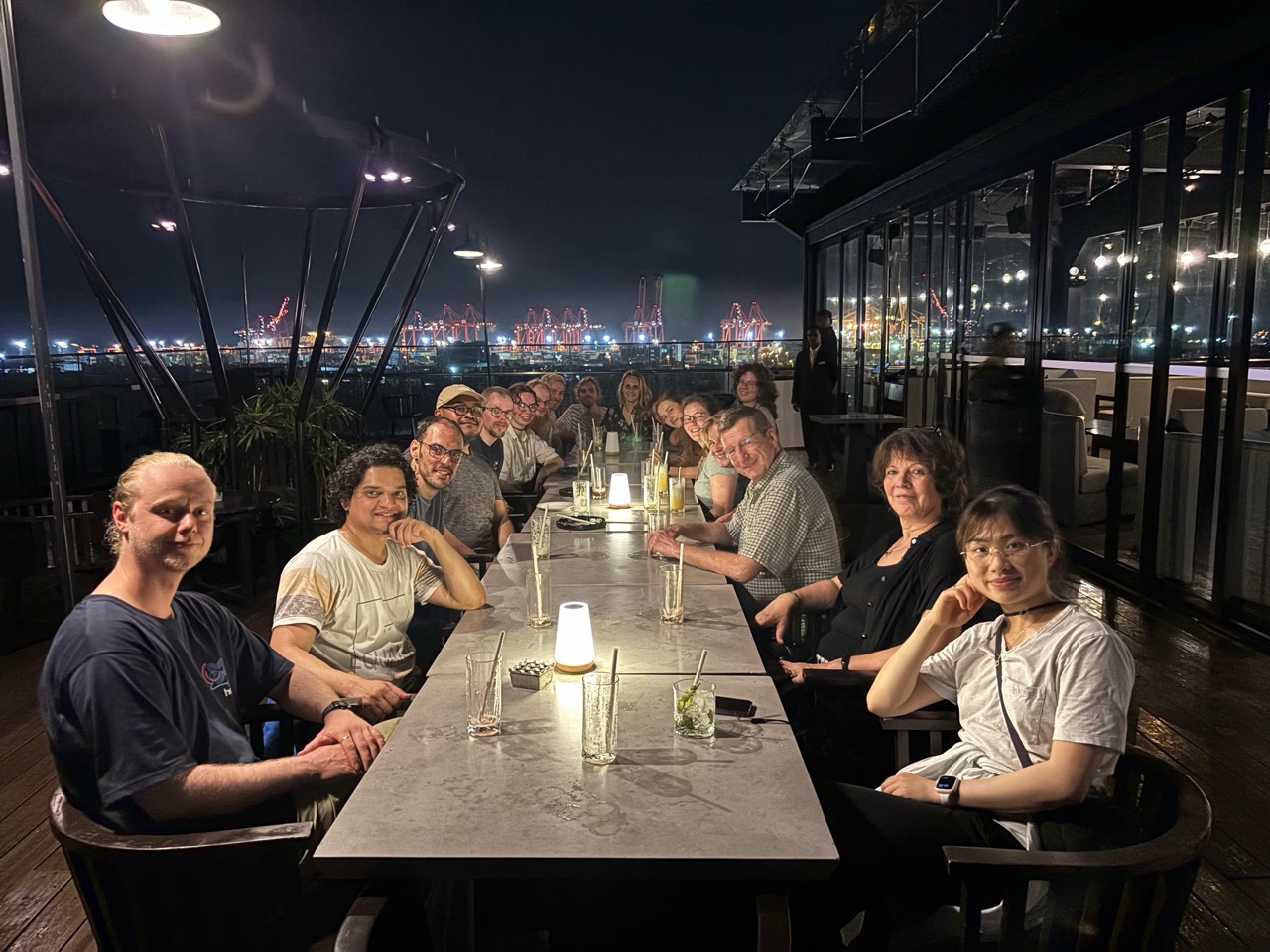
On 13 April 2024, with our containers finally in hand, we have set sail from the Port of Colombo, commencing our measurement campaign in the Bay of Bengal. We anticipate reaching the port of Singapore on 22 May 2024.
Stay tuned for updates as we navigate the challenges and discoveries that await us on SO305. As we embark on this important scientific expedition, we are excited to investigate the complexities of the Bay of Bengal’s biogeochemical processes. The collaboration between experts from various institutions promises a multidisciplinary approach that will yield valuable insights into this unique marine environment.
